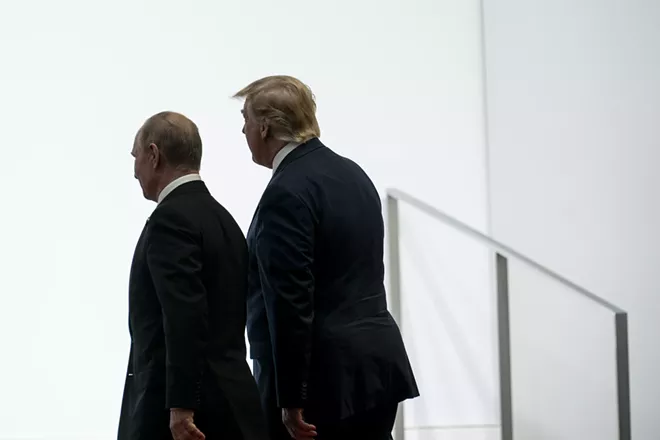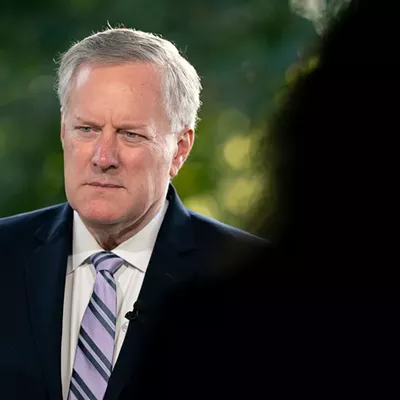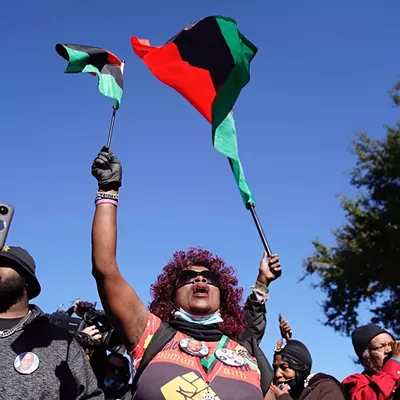
The New York Times Company
WASHINGTON — A sprawling report released Tuesday by a Republican-controlled Senate panel that spent three years investigating Russia’s 2016 election interference laid out an extensive web of contacts between Trump campaign advisers and Russian government officials and other Russians, including some with ties to the country’s intelligence services.
The report by the Senate Intelligence Committee, totaling nearly 1,000 pages, provided a bipartisan Senate imprimatur for an extraordinary set of facts: The Russian government undertook an extensive campaign to try to sabotage the 2016 U.S. election to help Donald Trump become president, and some members of Trump’s circle of advisers were open to the help from an American adversary.
The report drew to a close one of the highest-profile congressional inquiries in recent memory, one that the president and his allies have long tried to discredit as part of a “witch hunt.”
Like the investigation led by the special counsel, Robert Mueller, who released his findings in April 2019, the Senate report did not conclude that the Trump campaign engaged in a coordinated conspiracy with the Russian government — a fact that Republicans seized on to argue that there was “no collusion.”
But the report showed extensive evidence of contacts between Trump campaign advisers and people tied to the Kremlin — including a long-standing associate of onetime Trump campaign chairman Paul Manafort, Konstantin V. Kilimnik, whom the report identifies as a “Russian intelligence officer.”
Democrats also laid out a potentially explosive detail in an appendix to the report: that investigators had uncovered information possibly tying Kilimnik to Russia’s major election interference operations conducted by the intelligence service known as GRU.
“The committee obtained some information suggesting that the Russian intelligence officer, with whom Manafort had a longstanding relationship, may have been connected to the GRU’s hack-and-leak operation targeting the 2016 U.S. election,” Democrats wrote. “This is what collusion looks like.”
The assertion was a sign that even though the investigation was carried out in bipartisan fashion, and Republican and Democratic senators reached broad agreement on its most significant conclusions, a partisan divide remained on some of the most politically sensitive issues.














